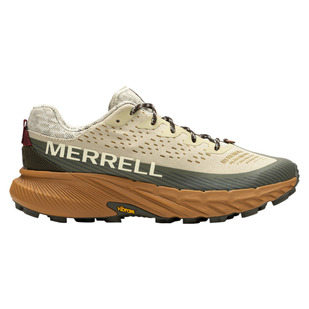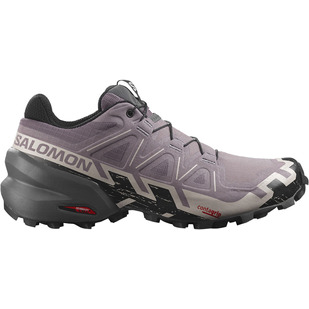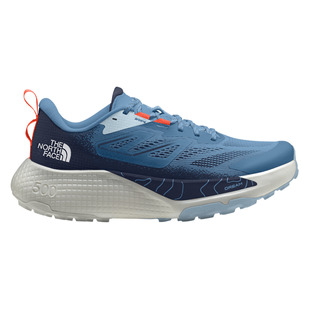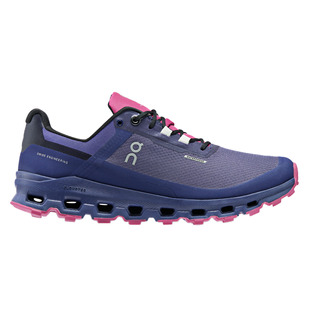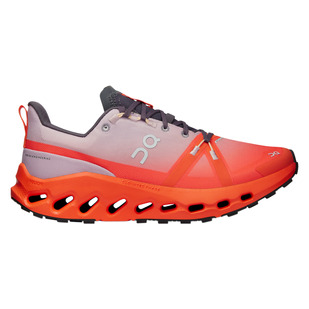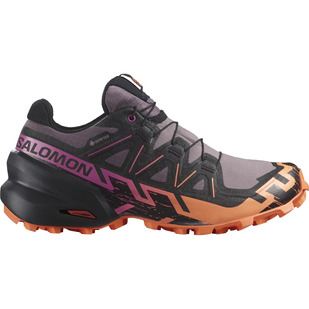- Black Friday
-
Women
- Women
-
Men
- Men
-
Children
- Children
-
Winter Sports
- Winter Sports
-
Sports
- Sports
-
Training
- Training
-
Outdoor Activities
- Outdoor Activities
-
Bags and Equipment
- Bags and Equipment
-
Deals
-
Current Promotions
- Columbia Insulated Pants Promotion
- Mckinley and Ripzone Insulated Pants Promotion
- Ripzone Pyjamas Promotion
- Ski Passe-Partout by mysnow
- Winter Clothing and Equipment Promotion
- Children's Alpine Ski and Snowboard Equipment Packages
- Junior Ski Exchange Program
- Triangle Mastercard
See all
-
Current Promotions
- Deals
- Explore
- Explore
-
Brands
- Brands









